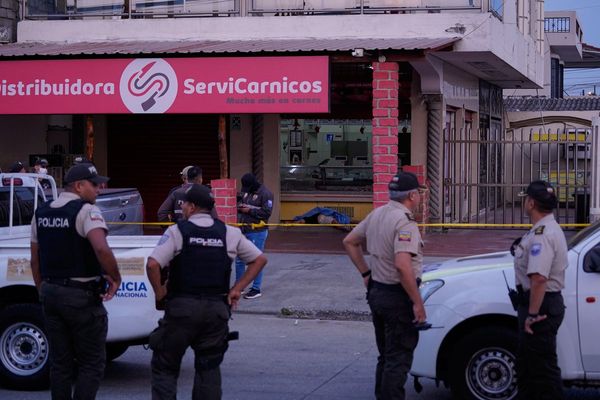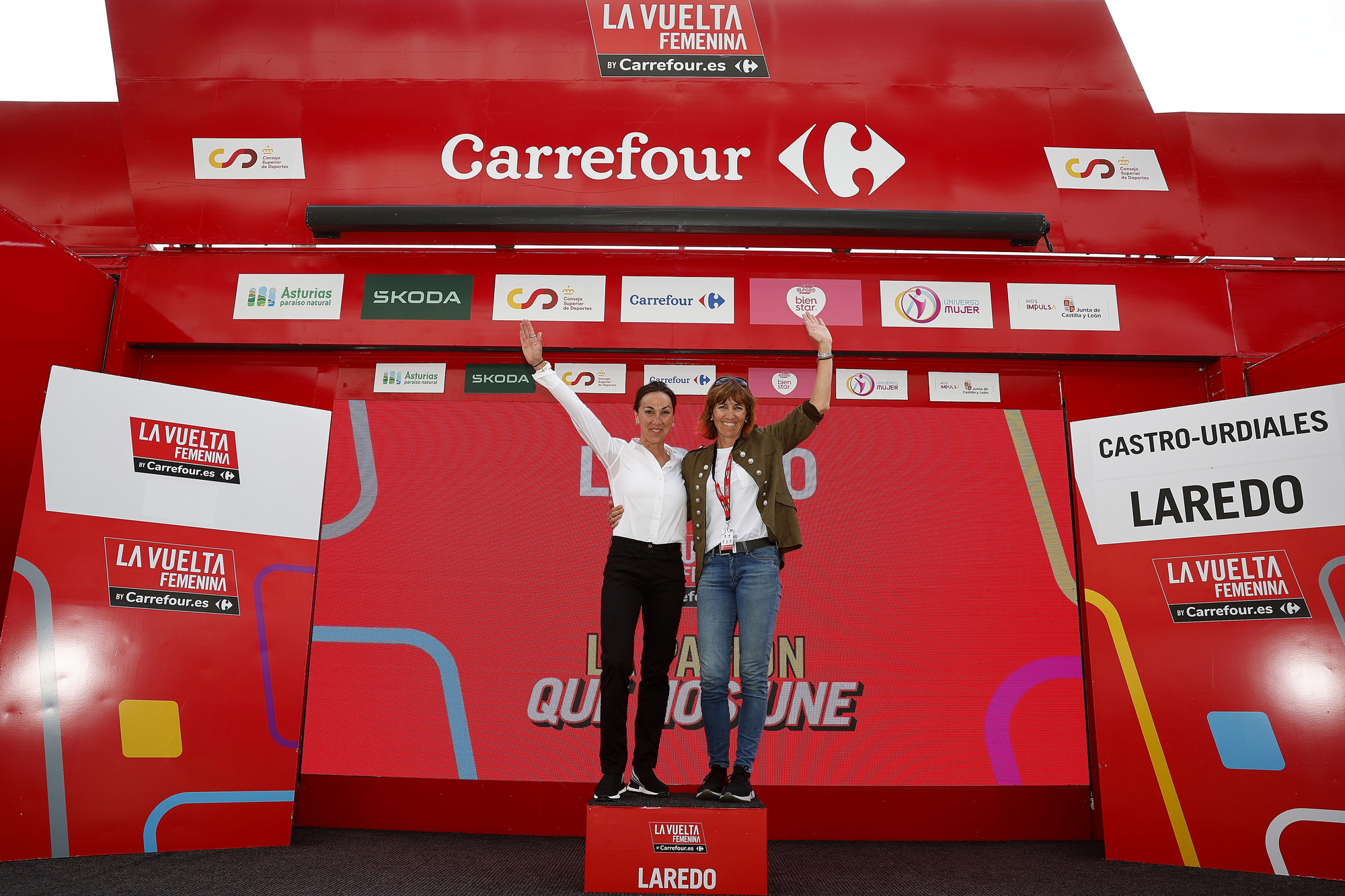
One of the modern pioneers of women's racing, Joane Somarriba's remarkable career saw the Spanish racer standing on the top step of the podium with victories at the esteemed Grand Boucle, Giro d'Italia, Emakumeen Bira and the World Championships during the late 1990s and early 2000s.
At 52, she is now an ambassador of her nation's only second-tier ProTeam, Laboral Kutxa-Fundación Euskadi, and for women's cycling as a whole. She will join the squad at the upcoming La Vuelta Femenina by Carrefour.es from May 4 to 10, not only to support her riders in the first Grand Tour of this season, but to take in the atmosphere and success of a home race she more than likely would have won had it existed during her own rise to stage-racing stardom.
"The growth has been and continues to be very positive for women's cycling. The number of stages has increased and participation is very good, with the best teams in the world as it's a World Tour event, and is usually hotly contested," Somarriba told Cyclingnews ahead of the 11th edition of the event that started as a one-day challenge held on the streets of Madrid in 2015.
"In fact, in recent years, it's given us spectators unique moments to enjoy. In 2025, Demi Vollering will be the big favourite, although I think there are other riders who can perform at a very high level."
Formerly known as La Madrid Challenge by La Vuelta, the event joined the top tier of women's races in its second edition in 2016. The race transitioned to a two-day format in 2018 and gradually expanded to three days in 2020, four days in 2021, and five days in 2022, with increasingly challenging terrain to test the climbers.
But it wasn't until as recently as 2023 that the race organisers upped the ante with a seven-day race that culminated at the top of Lagos de Covadonga, and a strategic move from September to May, that the event gained its Grand Tour feel.
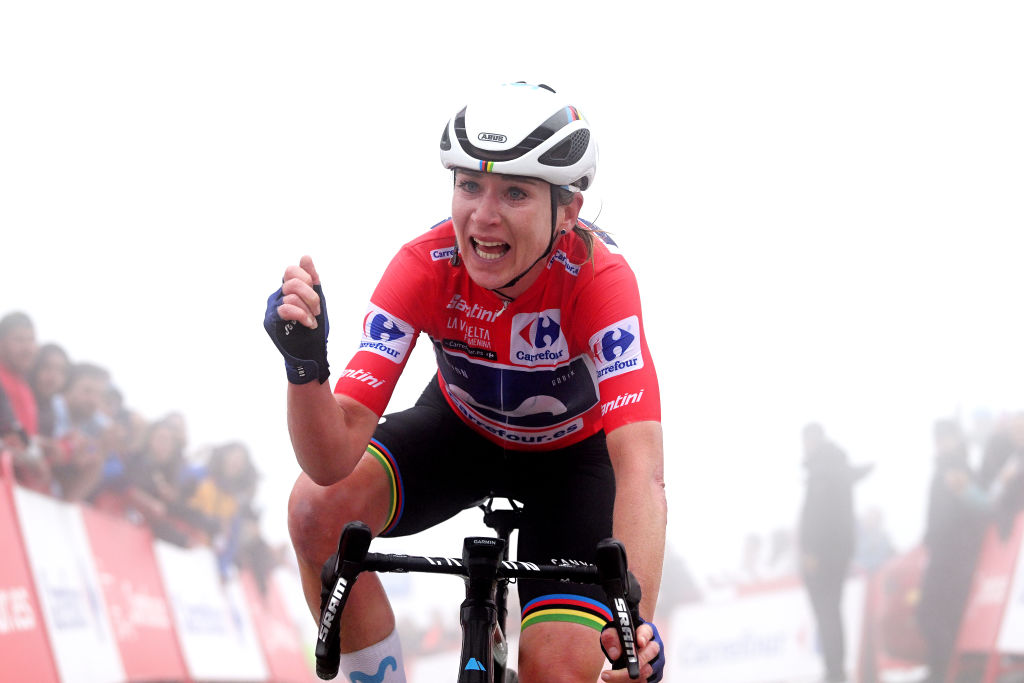
"The transition from September to May has been very positive because it's the first Grand Tour of the season, and that makes it different. We're all looking forward to a Grand Tour after the Classics," Somarriba said.
"In Spain, there was nothing in May, and now there are some very good races. The men's Vuelta a España used to be held in April, and I loved it. I think being the first Grand Tour makes it special."
Although initially questions surrounded the decision to move La Vuelta Femenina to a May spot on the calendar, separating it from its men's race counterpart, many were pleasantly surprised by the increased engagement among the cycling audience.
The event is also positioned alongside two other top-tier stage races: Itzulia Women and Vuelta a Burgos, and in the same month, are one-day races like Navarra Women's Elite Classics, Durango-Duragno Emakumeen Saria, followed by the Volta Ciclista a Catalunya Femenina in early June – overall a strong block of racing for World Tour, ProTeams and Continental teams.
"I totally support La Vuelta in May because, as I said, we're eager for a Vuelta after the Classics season. It's a very beautiful month with the Itzulia and Burgos races following, a powerful month. What is more, as it's not aligned with the men's La Vuelta, the women's race has its own personality," Somarriba said.
"Perhaps the ideal scenario for the riders would be for these races to be spaced further apart, to have more days between one race and another. But it's a block of powerful races, and the organisations can take advantage of the synergies between them, and I think it benefits the organisations and the teams themselves. This way, all the riders can prepare for it and come from the Classics. Plus, in May, you have the best weather guarantee, so I think it's a good month to compete."
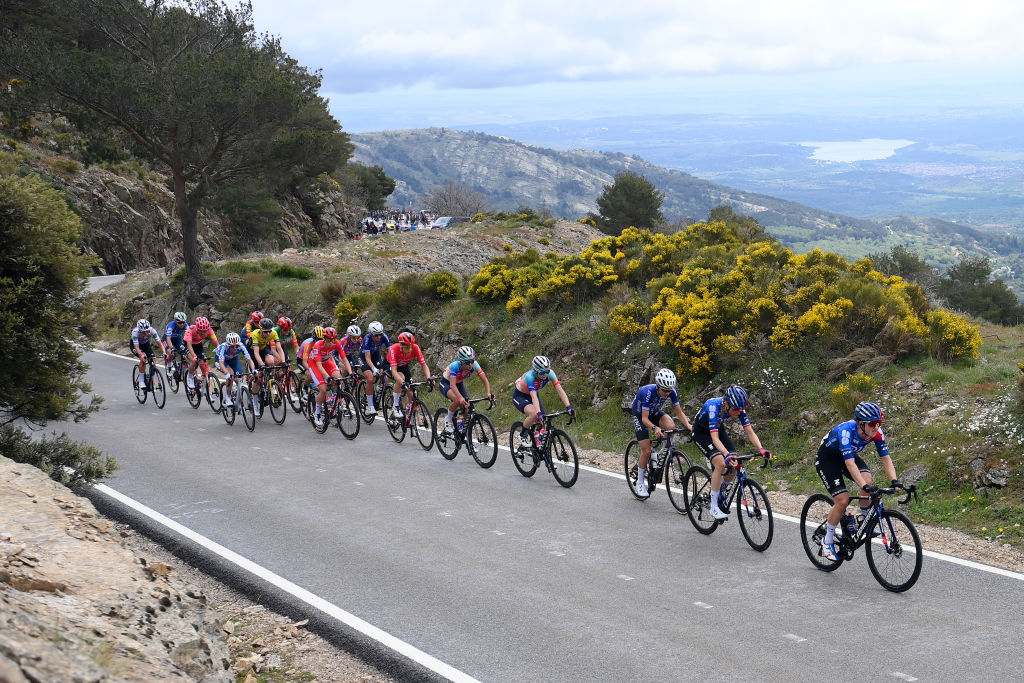
At its maximum, the event held eight days of racing in 2024 with summit finishes at Alto del Fuerte Rapitán. Jaca, La Laguna Negra. Vineuesa and Valdesquí. Comunidad de Madrid.
Back to seven days this year, the parcours will begin on the Mediterranean coast in Barcelona and cross 748 kilometres to the west for a mountaintop finale at Cotobello in the Asturias. Along the way, there will be three mountain stages and three rolling stages to determine the overall champion on May 10.
However, Somarriba believes that the race still isn't fully tapping into Spain's more challenging terrain and iconic mountain passes, and that there is potential for growth.
"The route is varied, with flat, windy, and mountain stages. Perhaps, in general, I miss tougher, even more demanding stages, like I miss them at the Giro and the Tour, too," Somarriba said.
"But the truth is that more and more fans are turning up to the finish line, and I love that, seeing how the public is becoming more interested in and appreciating women's sport. The number of kilometres has increased in recent years, and now I think there's a lack of big mountain stages."
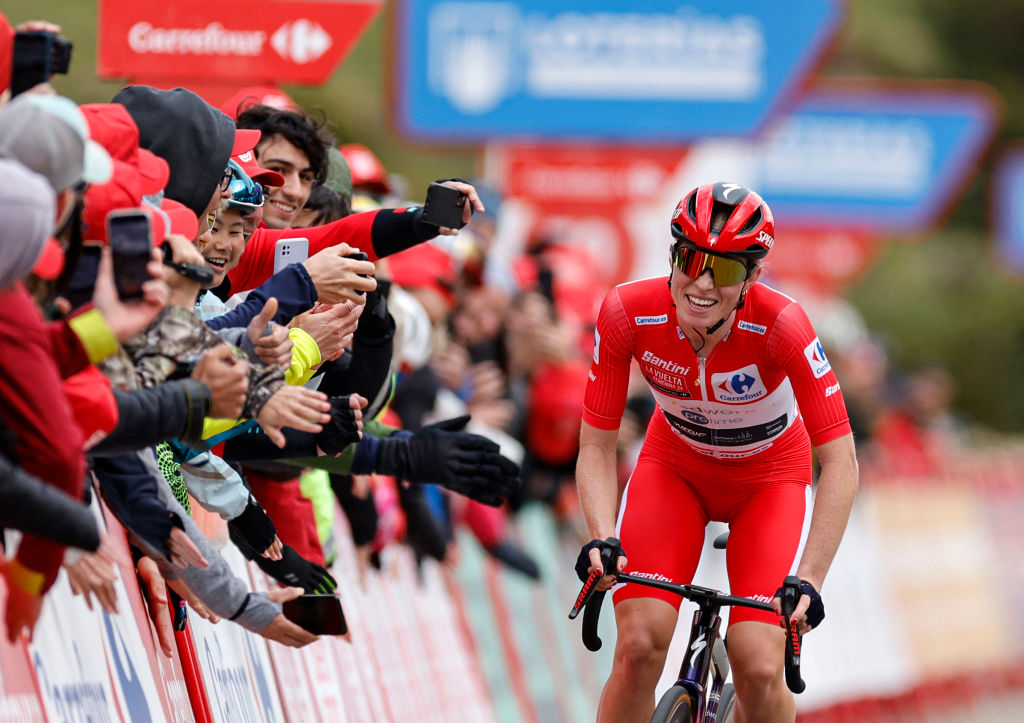
Somarriba's list of accolades includes three overall victories at Grande Boucle Féminine Internationale in 2000, 2001 and 2003. She also won the Giro d'Italia twice, in 1999 and 2000, and the overall Emakumeen Bira titles in 2000 and 2004.
These stage races happened when there was no official ASO-run women's Tour de France, nor was there a women's Vuelta a España. The women's field had largely been competing in various versions of the women's Tour de France from 1984 to 2009, until its official rebirth in 2022 as the Tour de France Femmes. Emakumeen Bira, on the other hand, was considered the biggest stage race for women in Spain, held from 1988 until it ended in 2019.
"Emakumeen Bira was organised by very passionate people. When I was 16, I was able to compete in my first Bira and ride with Jeannie Longo. Without a doubt, I value the Iurreta club a lot because they've always believed in women's cycling, and it was more difficult back then," Somarriba recalls of the years she competed in the Spanish race and the changes to the organisation of women's races today.
"I really value their efforts in bringing the race forward and trying to bring in the best riders in the world. They were volunteers. I will be eternally grateful. It made me grow as a cyclist. For example, being able to race with Longo changed my mindset of wanting to be a professional cyclist and believing and committing to it.
"We didn't lack anything. Now the organisation is more professional. It's nothing like that. It's a different world. Women's cycling has grown at all levels. In both cases, there's a lot of work and effort behind all the organisations, and we can only be grateful. They all deserve great credit, both before and now."
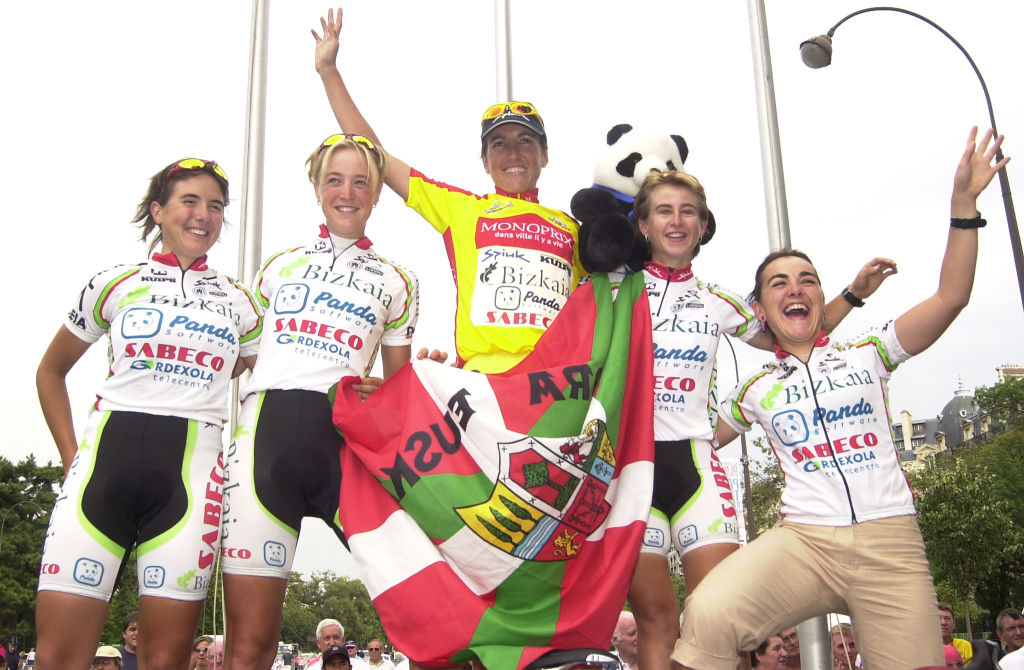
Asked to describe what some of the key differences and similarities are between the stage races of her generation compared to the current trio of La Vuelta Femenina, Giro d'Italia Women and Tour de France Femmes, Somarriba said, "Without a doubt, what has progressed the most in women's cycling has been the organisations.
"In the past, they were more amateur, and now they're professional. The organisations had limited budgets, and that made the race tougher due to the conditions of the accommodations and transfers. It was tough, but we were mentally prepared and we accepted it; it was what it was.
"These were different times. The Tour de France lasted 14 days, and many of them were hardships. You could even find hotels closed when you arrived after the stage. Still, we were grateful to be able to compete in races like the Giro and the Tour.
"The big races are now under the umbrella of the Women's WorldTour, and that ensures the best participation. The competitiveness hasn't changed; before and now, the best riders competed against each other in the best races."
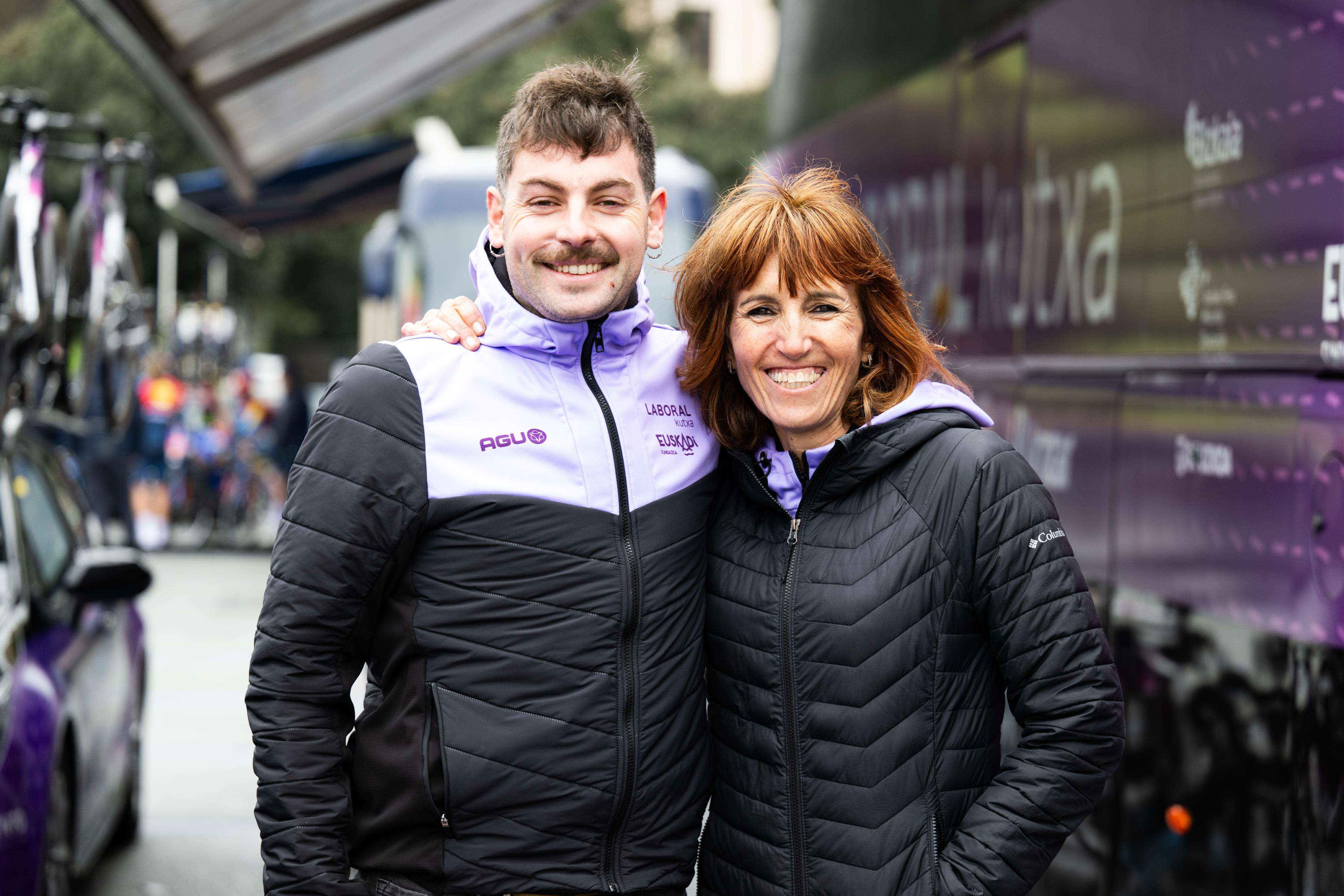
Somarriba retired from racing in in 2005 after a career competing with Bizkaia-Panda Software-Durango and Team Alfa Lum RSM, both registered UCI teams during those years. Asked what the key differences and changes in the level of team support have been over the last 20 years, she said, "I can't complain about my last few years as a professional.
"In Italy, I felt like a professional; we lacked nothing. We had everything we needed to race. However, budgets were more limited; they were nothing like they are today. At first, there were no salaries or contracts. Later, we did start receiving money and signing contracts, although in many cases they weren't fulfilled. Fortunately, things are improving in women's sport; a lot of progress has been made; women's cycling is valued, and that's important."
Subscribe to Cyclingnews for unlimited access to our La Vuelta Femenina coverage. Don't miss any of the breaking news, reports, and analysis from one of the biggest women's stage races of the season. Find out more.


